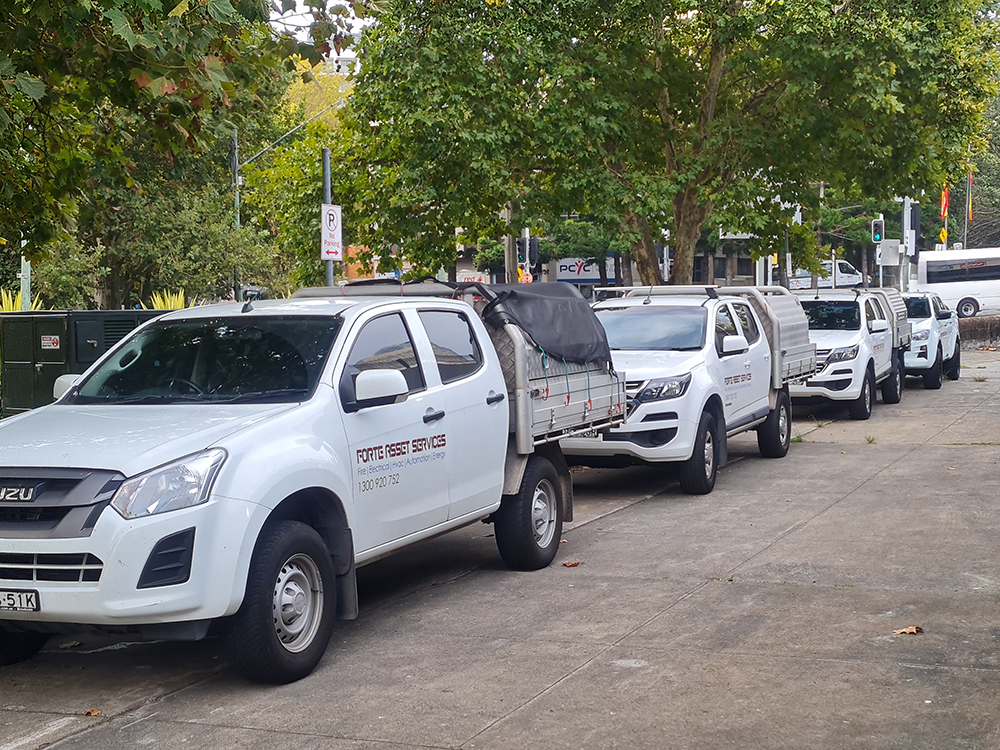
Integration of Core Systems in Buildings:
Core Systems Typically Integrated
- Shading Systems (Blinds, Louvers)
- HVAC (Heating, Ventilation, and Air Conditioning)
- Lighting Control
- Fire Alarm and Detection
- Access Control and Security
- CCTV/Surveillance
- Energy and Water Metering
- Vertical Transport (Lifts/Elevators, Escalators)
- Irrigation and Landscaping
Benefits of Integration
- Compliance & Reporting: Easier to generate environmental and safety reports.
- Energy Efficiency: Coordinate HVAC and lighting based on occupancy and time schedules.
- Improved Comfort: Centralized control allows better indoor environmental quality.
- Operational Efficiency: Fewer systems to manage, less duplication, easier training.
- Data-Driven Maintenance: Predictive maintenance based on analytics.

Integration of Third Party Equipment
Typically, it’s more affordable than expected, often requiring just a single two-wire cable or an Ethernet cable, some firmware configuration, and programming into the existing system or a new HTML5-based platform. Major Brands such as Daikin, Mitsubishi, and other “DX Systems” for VRV and simple splits can be integrated. Systems can be switched off via “load shedding” global programs to reduce energy costs, as well as for fault and performance monitoring.
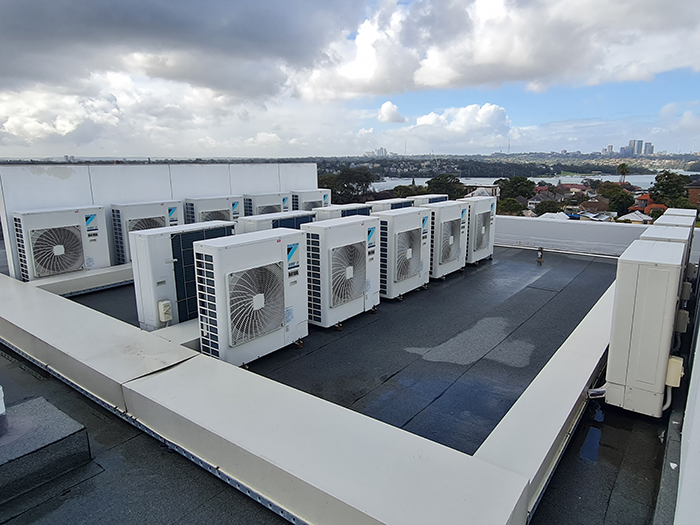
Integration of Mechanical Services HVAC
Essential and non-essential switchboards serving your mechanical HVAC plant can be seamlessly integrated into your site-wide building management system.
This integration enhances visibility, expands monitoring capabilities, and enables more effective energy management, particularly through load shedding strategies.
You likely already have some form of control system in place. This can be upgraded to a modern, open-protocol digital platform such as BACnet or LonWorks, ensuring improved flexibility, scalability, and long-term support.
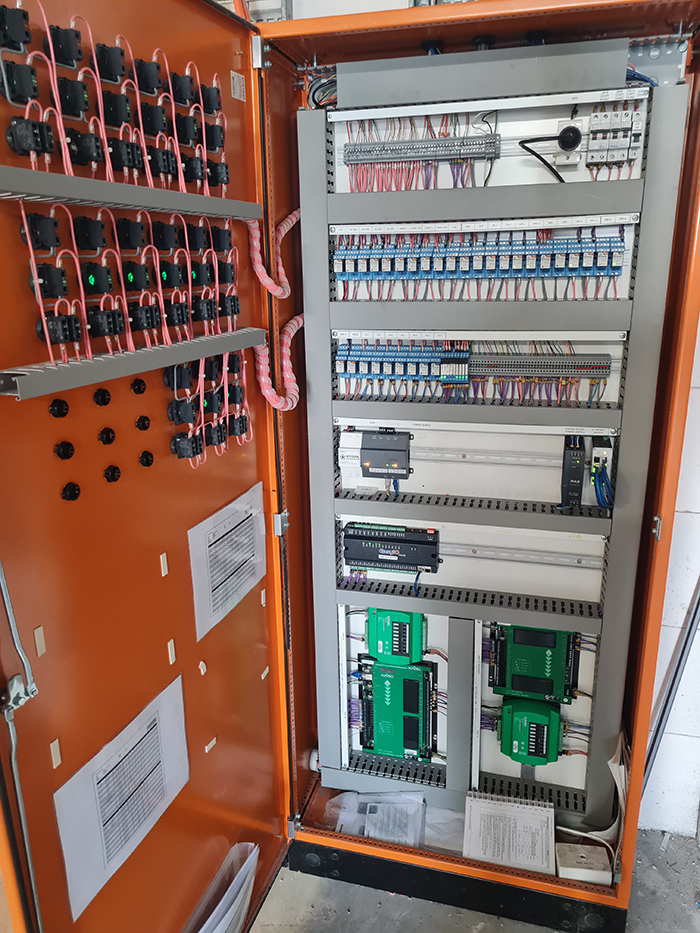
Integration of Standard and Emergency Lighting
Lighting systems in commercial buildings can be fully integrated into the central Building Management System (BMS), based on Niagara, offering greater control, automation, and energy efficiency. Integration allows for real-time monitoring, scheduling, and occupancy-based control, ensuring lights operate only when and where needed. DALI (Digital Addressable Lighting Interface), KNX, and BACnet are common open-protocol platforms that support scalable, smart lighting solutions. This approach enhances tenant comfort, reduces operating costs, and contributes to NABERS and Green Star performance outcomes.

Integration of Energy Metering
Energy metering integration allows for accurate, real-time monitoring of power consumption across various systems within a building. Consider major consumables such as Gas, Water and Electricity. By connecting energy meters to your Building Management System (BMS) or Site Integrated System, you gain visibility into key load areas, including HVAC, lighting, mechanical services, and tenant consumption.
Key Benefits:
Compliance & Reporting: Generate reports for NABERS, Green Star, or internal sustainability targets.
Real-Time Monitoring: Track power usage across essential and non-essential circuits.
Load Shedding Control: Automate demand reduction strategies during peak usage.
Cost Allocation: Assign energy costs to departments, tenancies, or equipment groups.
Data-Driven Decisions: Optimize operations based on consumption trends and anomalies.

Integration of Variable Speed Drives
Integration of Variable Speed Drives (VSDs) into building systems—particularly HVAC, pumps, and fans—offers significant energy efficiency and controls. Variable Speed Drives (VSDs) are used to regulate the speed and torque of electric motors by varying input frequency and voltage. Integrating VSDs into Building Management Systems (BMS) provides more precise control, improved system responsiveness, and substantial energy savings. Most VSDs come with a BACnet card or Lon Card for easy integration into an existing system.
Key Benefits:
Load Shedding Capability: Integrates with BMS for demand-based control to reduce peak load usage.
Energy Efficiency: Reduces energy consumption by matching motor speed to real-time demand (e.g., fan speeds in response to CO₂ levels or occupancy).
Extended Equipment Life: Soft-start capability reduces mechanical and electrical stress on motors.
Improved Comfort & Control: Enables smooth modulation rather than abrupt start/stop operations.
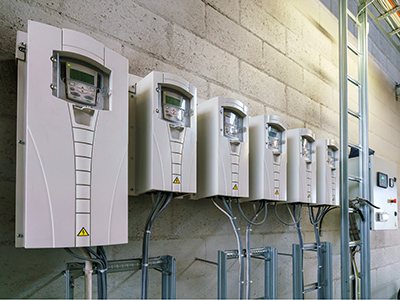
Integration of Access Control
Access control systems manage and monitor who can enter different areas within a building. When integrated into a broader Building Management System (BMS), they enhance security, streamline operations, and provide centralised control and monitoring of occupancy and innovative solutions for energy management. An example is to hold lights and air conditioning switched off until the access control register or signal that the relevant personnel have entered the building and will need access to their offices and/or special rooms, such as boardrooms or training rooms.
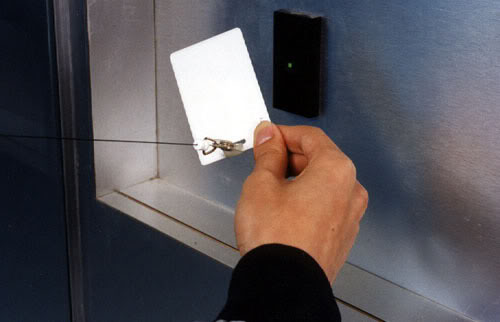
Integration of Fire System Componants
Building Systems Integration of fire protection components into the Building Management System (BMS) offers substantial operational and safety benefits. These components may include diesel motors serving hydrant and sprinkler pumps, alarm valve monitoring, pressurized system supervision, jacking pumps, system alarms, and backup battery voltage levels.
By integrating these systems into the BMS, facilities can monitor system status in real-time, maintain detailed trend logs, and proactively detect issues—such as pressure drops—before they trigger false fire brigade callouts. This is particularly critical in managing water pressures that may otherwise go unnoticed.
Additionally, integration allows the system to detect and report non-fire-related activations—such as vandalism or unauthorised use of fire hose reels for cleaning—that may result in unintentional diesel pump starts or system disruption.
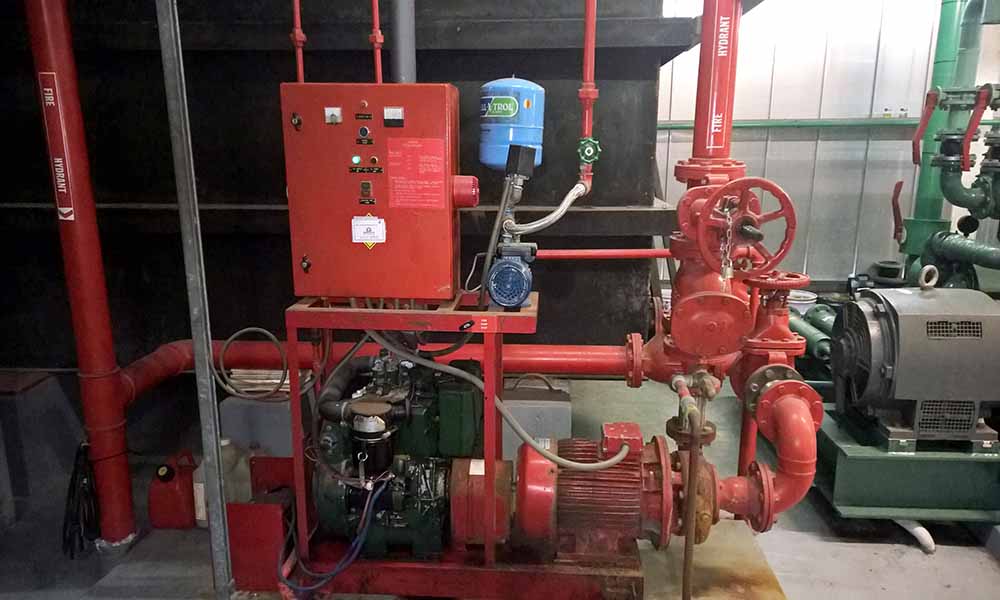
Integration of Fire Indication Panel (FIP / FDCIE)
Integrating the Fire Indication Panel (FIP), also known as the Fire Detection Control and Indicating Equipment (FDCIE), into a Building Management System (BMS) or a centralized monitoring platform provides powerful insights, automation, and enhanced response times in emergencies. This integration supports both compliance and operational efficiency.
✅ Key Integration Benefits:
- Compliance Reporting: Supports data for Annual Fire Safety Statements (AFSS) and maintenance logs.
- Central Monitoring: Live status, fault, and alarm conditions viewable via the BMS.
- Event Logging: Historical logs of activations, faults, and system bypasses.
- False Alarm Reduction: Helps identify trends (e.g., pressure drops or low battery) before they trigger false fire brigade dispatches.
- Alarm Routing: Automatic escalation of alarms via email, SMS, or control logic.
- System Interlocks: Trigger shutdown of HVAC, start of smoke spill fans, elevator recall, door release, and more.
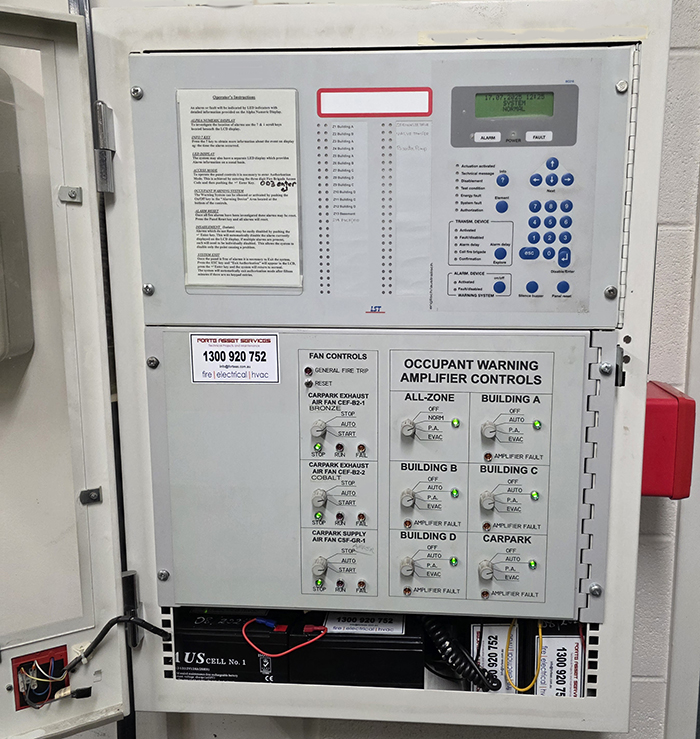
Integration of Elevators/Lifts Systems
Elevator systems can be seamlessly integrated into the Building Management System (BMS) to enhance operational awareness, safety, and efficiency. Integration enables real-time monitoring of elevator status, fault conditions, emergency alarms, and floor position. It also allows for remote diagnostics, operational scheduling, and performance tracking through trend logs.
This Building Systems Integration is especially valuable for fire mode monitoring, where elevator recall and shutdown sequences can be verified and logged. In high-security environments, elevator control can also be linked with access control systems to manage floor access permissions based on user credentials.
Overall, elevator integration provides a holistic view of system performance, improves coordination with other building services, and supports faster response during fault or emergency conditions.
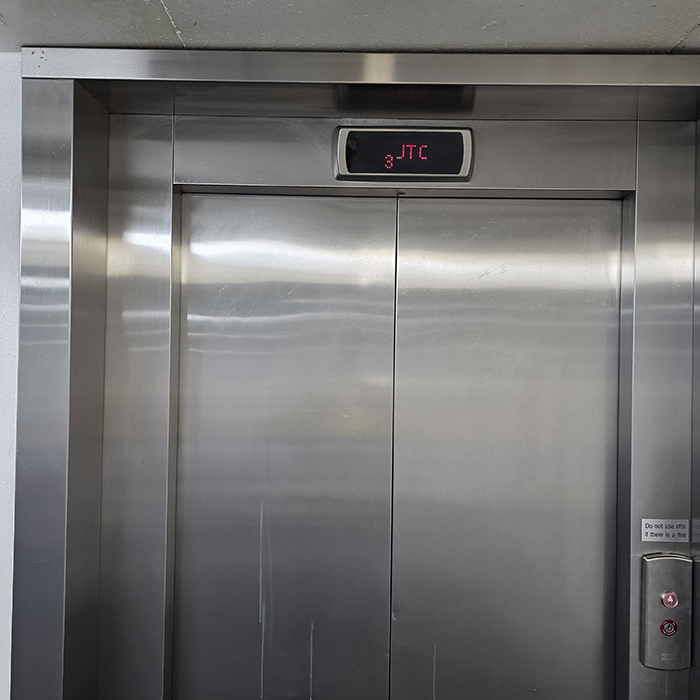
Integration of Subsoil Pump Systems
Building Systems Integration includes for Subsoil pump systems, typically installed in basements or below-ground levels, are critical for removing groundwater and preventing flooding. Integration of these pumps into your Building Management System (BMS) ensures proactive monitoring and control, helping to avoid costly water damage and maintain operational continuity.
Key Integration Points:
- Pump Status Monitoring: Real-time feedback on pump operation (Running, Fault, Off).
- Water Level Sensors: Integration of float switches or ultrasonic level sensors for early warnings.
- Alarm Notifications: BMS can generate alarms for high water level, pump failure, or power loss.
- Auto-Start Sequencing: Controls for staggered pump start or duty/standby changeover.
- Energy Monitoring: Track energy usage to detect inefficiencies or mechanical issues.
- Remote Visibility: View system status via the BMS front end or web interface.
Benefits:
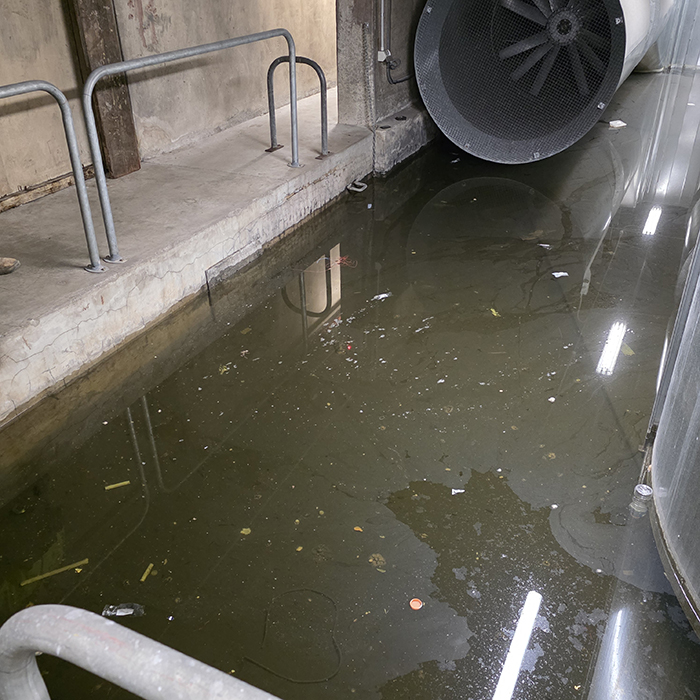
Can We Help?
